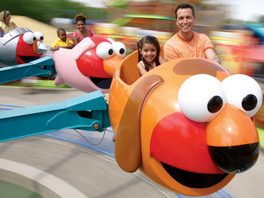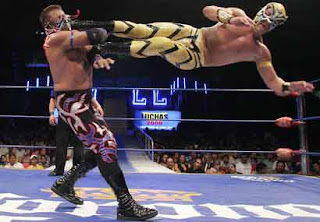DK Eyewitness Travel Guides (2003) Mexico London
Lonely Planet (2000) Mexico City Australia
Advameg Inc. (2010) Mexico – Languages. Available: http://www.nationsencyclopedia.com/Americas/Mexico-LANGUAGES.html. Last accessed: 9 Dec 2010.
Bryman, A. (1999) The Disneyization of Society. Available: http://www.canyons.edu/Faculty/haugent/Disneyization%20of%20Society%20Article.pdf. Last accessed : 9 Dec 2010.
Bubba Gump Shrimp Company. (2010) Company. Available: http://www.bubbagump.com/locations. Last accessed: 9 Dec 2010.
Bureau of Consular Affairs, US Department of State. (2010) Mexico
Buzzle. Quinceanera Traditions. Available : http://www.buzzle.com/articles/quinceanera-traditions.html. Last accessed: 9 Dec 2010.
Different world. Mexican Food. Available : http://www.differentworld.com/mexico/food.htm. Last accessed: 9 Dec 2010.
Direct Essays. The Disneyfication of Deviance. Available: http://www.directessays.com/viewpaper/84106.html. Last accessed: 8 Dec 2010.
Edward, M. (2006) Where we Stand - an overview of tourism in Mexico
Farlex Inc (1995) Flagship theme park parque plaza sesamo opens in Monterrey , Mexico Sesame Street ’ Parks planned in Mexican venture. Available: http://www.thefreelibrary.com/FLAGSHIP+THEME+PARK+PARQUE+PLAZA+SESAMO+OPENS+IN+MONTERREY,+MEXICO+AS...-a017590805. Last accessed : 9 Dec 2010.
Fox News. (2010) Mexico
Garstka, K. (2010) Michoacan Pottery from Mexico
Grabianowski, E. (2009) How Mexican Wrestling Works. Available: http://entertainment.howstuffworks.com/mexican-wrestling.htm. Last accessed: 9 Dec 2010.
Guzman, A. (2010, Sep) Movie Theme Restaurant. Available: http://www.ehow.com/list_6952825_movie-theme-restaurants.html. Last accessed: 9 Dec 2010.
Highbeam Business. (1994, Jan) Mexico ’s Peri Magico Fun Center
Ilich, T. (2010) Music of Mexico- Son, Ranchera, Mariachi. Available :http://latinmusic.about.com/od/countrie1/p/PROBASICS17.htm. Last accessed: 9 Dec 2010.
Indigo Guide Mexican Vacation Guide. (2008) Mexico
Love to Know Corp. (2010) Traditional Dances of Mexico
Mexican Dances. Available: http://www.barraganzone.com/mexicandances_others.html. Last accessed: 9 Dec 2010.
Mullen, N. (2004) Mexican Folk Art. Available: http://hearstmuseum.berkeley.edu/outreach/pdfs/mexican_folk_art.pdf. Last accessed: 9 Dec 2010.
Six Flags (2010) Six Flags Friends. Available : http://www.sixflags.com/national/community/SixFlagsFriends.aspx. Last accessed: 9 Dec 2010.
Sperling, K. Mexican Folk Art History. Available: http://www.ehow.com/about_5139112_mexican-folk-art-history.html. Last accessed: 9 Dec 2010.
Tourism Mexico. Traditons in Mexico. Available: http://www.toursinmexico.com/general/traditions.htm. Last accessed: 9 Dec 2010.
(2009) Indigenous people of Mexico











